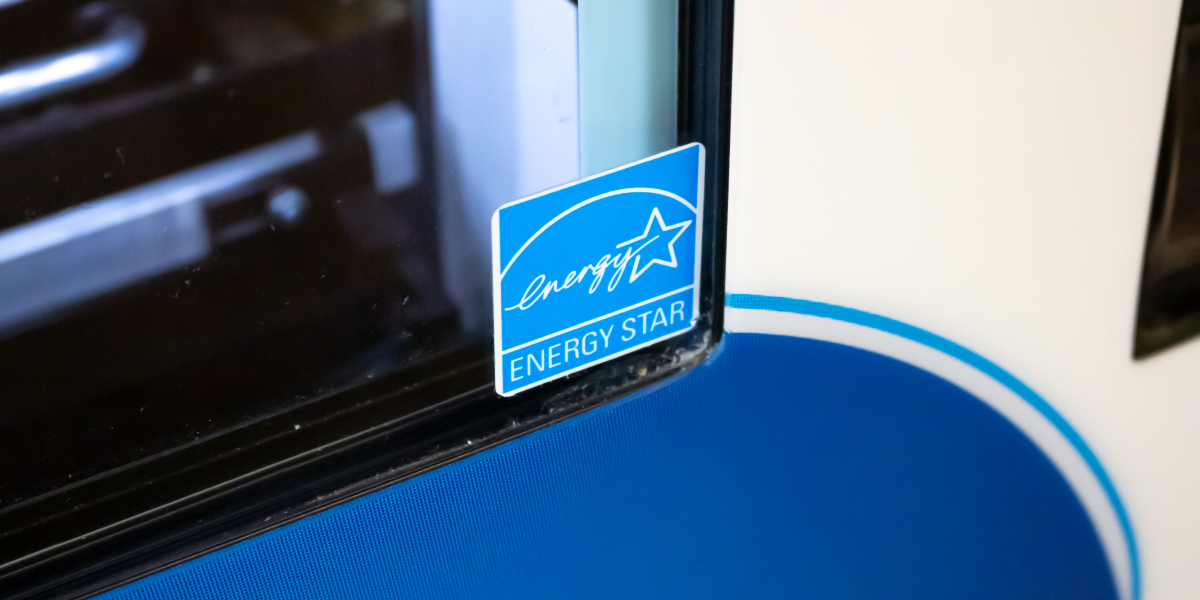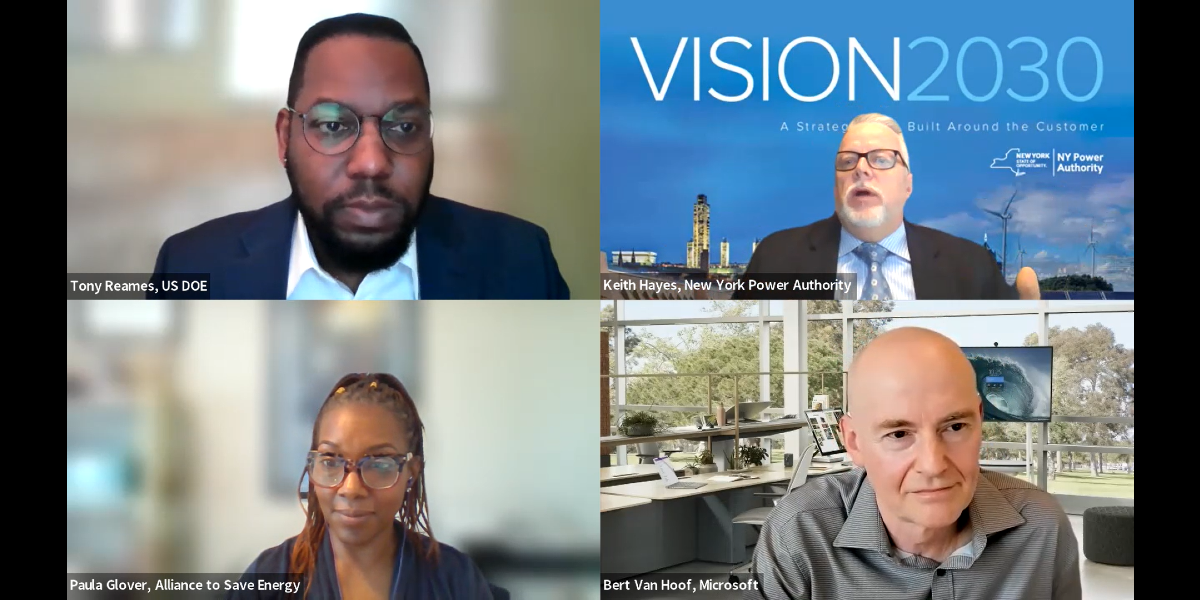IEA: Energy Efficiency is 40 Percent of the Climate Answer, but Major Economies Still Significantly Underinvest
Let's Save Energy
Alliance to Save Energy's Blog
IEA: Energy Efficiency is 40 Percent of the Climate Answer, but Major Economies Still Significantly Underinvest

The International Energy Agency published its exhaustive look at the state of global energy efficiency on Thursday evening, bringing a case for both hope and concern. The Energy Efficiency 2018 report provides a detailed picture of how global leaders could use energy efficiency to significantly reduce greenhouse gas emissions while the world economy expands. Instead, the report notes, top nations are investing far more in the continued development and consumption of fossil fuels than they are in the efficiency incentives that would significantly reduce the amount of energy the world needs.
In other words, we are underinvesting in energy efficiency, which we know is the fastest, cheapest, and most accessible energy resource.
The report’s findings ring true here in the U.S., where we have tax incentives encouraging all sorts of energy production, including renewables and fossil fuels, but none encouraging energy efficiency.
Efficiency Policies Could Reduce Greenhouse Gas Emissions While Economies Grow
The report details an Efficient World Scenario (EWS) in which governments adopt all cost-effective energy efficiency measures. “While global gross domestic product (GDP) could double by 2040, the EWS shows the potential for efficiency alone to limit the increase in primary energy demand to levels only marginally higher than those today. This would result in a peak in energy-related greenhouse gas emissions before 2020, which would subsequently fall by 12% in 2040 compared with today. Energy efficiency could provide more than 40% of the abatement required by 2040 to be in line with the Paris Agreement” (p. 13, emphasis added).
And that’s all from using existing technologies, and in a world with 20% more people, 60% more building space, and a growing global economy.
Policy and Investment Realities Less Encouraging
Unfortunately, the policies needed to put the world on this trajectory are hardly in place. In fact, the IEA says, “Implementation of energy efficiency policy has slowed, putting at risk the recent gains from energy efficiency. … In 2017, 34% of global energy use was covered by mandatory energy efficiency policies, but progress implementing new policies was slow for a second year running” (p. 17).
In terms of government investments, the situation was similarly frustrating.
“Across all sectors, energy efficiency investment grew by just 3% to USD 236 billion in 2017. Spending grew in Europe, the largest investor, but fell slightly in China and the United States. Globally, investment growth slowed in all sectors” (p. 14).
Governments Are Investing – In Using More Energy
The IEA report says that, “In 2017, national government incentives for energy efficiency in 16 of the world’s major economies, which include tax relief, grants, subsidies, loans and rebates, amounted to USD 27 billion, including USD 8 billion in incentives for EVs.” (p. 42).
But the report turns grim when it zooms out to the bigger picture.
“Public spending on efficiency incentives, while significant in absolute terms, represents a small share of total spending and of spending on other types of energy subsidy. For example, in the group of countries surveyed here, total spending on fossil fuel consumption subsidies amounted to USD 103 billion in 2016 according to the OECD-IEA fossil fuel subsidies database” (p. 43). That’s almost four times as much investment in consuming more energy than in reducing the need for that energy use.
Time for a Different Direction
The IEA says, though, that there are clear policy strategies that can take the world in the right direction.
“Countries seeking to increase energy efficiency through incentives could improve the efficacy of their policies and rationalise government spending by re-allocating spending to efficiency from other subsidies that discourage the efficient use of energy. This has the potential to provide a policy “win-win” because energy efficiency and subsidy reform are mutually reinforcing” (p. 43).
We aren’t on that track, yet. But the report makes a compelling case that the right track exists. It demonstrates how the modest efficiency policies and investments across the world today are working, just at a scale that is too small. We need to do much more. And, if we do, the report shows how getting on that right track – with governments making rapid efficiency transformations – we could realize economic growth together with deeply reduced greenhouse gas emissions.
In the U.S., one easy place to start is for Congress to implement meaningful tax incentives encouraging consumers and businesses to invest in efficiency in their homes, buildings, and equipment. It’s one of those win-win policies.
We know many of the solutions. Now we just have to make them happen.
RECENT BLOG POSTS
STAY EMPOWERED
Help the Alliance advocate for policies to use energy more efficiently – supporting job creation, reduced emissions, and lower costs. Contact your member of Congress.
Energy efficiency is smart, nonpartisan, and practical. So are we. Our strength comes from an unparalleled group of Alliance Associates working collaboratively under the Alliance umbrella to pave the way for energy efficiency gains.
The power of efficiency is in your hands. Supporting the Alliance means supporting a vision for using energy more productively to achieve economic growth, a cleaner environment, and greater energy security, affordability, and reliability.



